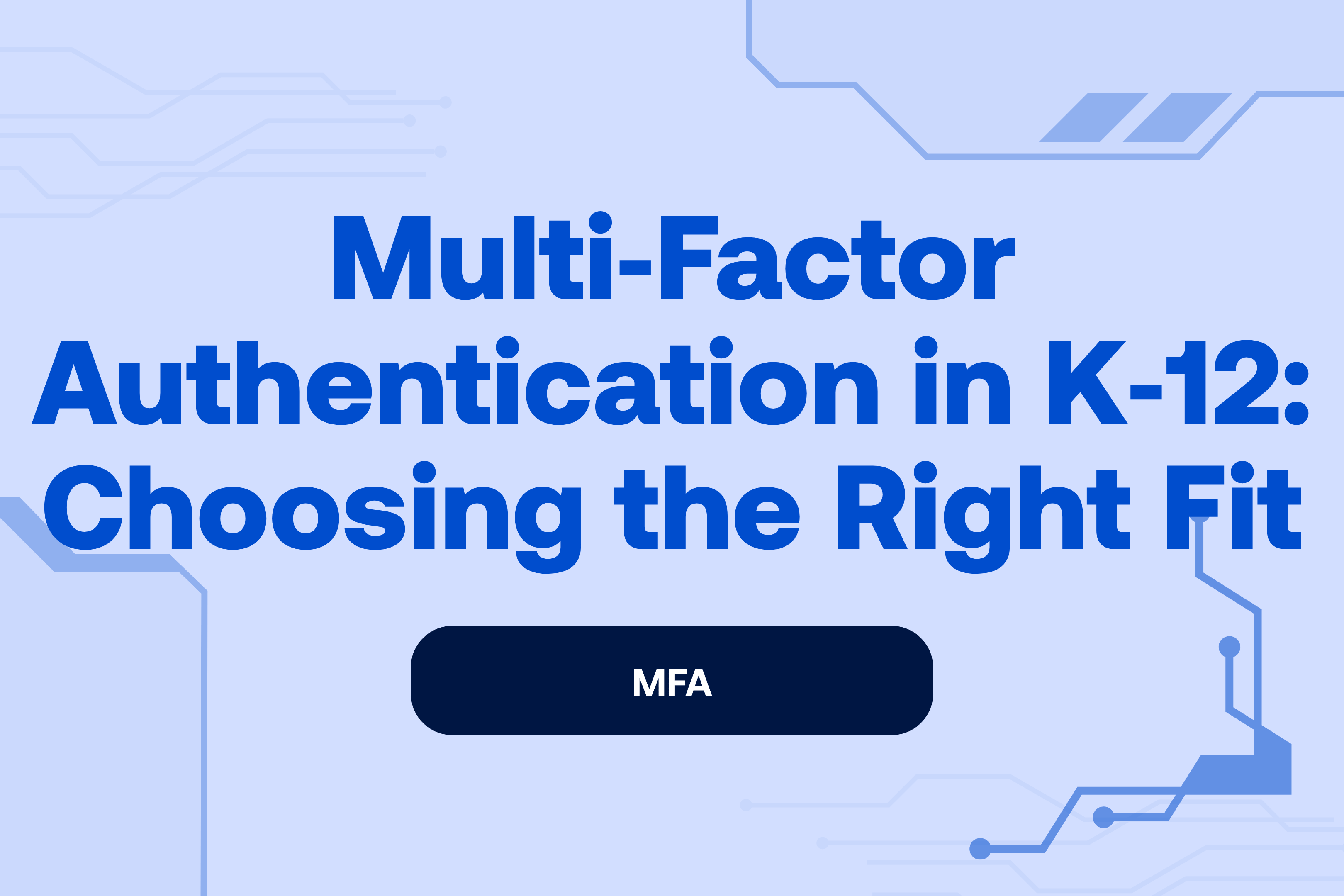
Multi‑factor authentication (MFA) is one of the most effective defences against credential‑based attacks, yet implementing it in K‑12 environments poses unique challenges. Many corporate MFA solutions rely on smartphone apps or SMS codes. However, elementary and middle‑school students often do not own smartphones, and district policies may forbid using personal devices for school accounts. Teachers may share devices across classrooms, complicating enrolment in app‑based MFA.
An EdTech report explores the differences between hardware tokens (hard tokens) and soft tokens (mobile apps) for MFA. Hard tokens are physical devices—USB keys, smartcards or fobs—that generate a one‑time code or use FIDO2 passkey standards to enable password‑less authentication. Ten years ago, these tokens were too expensive for schools; now they are more affordable, and some state purchasing contracts include them. Because they work offline and require no smartphone, they are ideal for younger students. In contrast, soft tokens rely on smartphone apps like Authenticator. They are free but only practical for staff who have dedicated devices.
Schools must consider several factors when choosing an MFA approach: cost, ease of use, administrative overhead and accessibility. For example, a district might issue USB tokens to high‑school students who need access to cloud storage, while using a push‑notification app for teachers. IT departments should test tokens across platforms (Chromebooks, Windows, iPads) to ensure compatibility. They must also plan for lost or stolen tokens—establishing a process to revoke and reissue them quickly.
Training is vital. Many MFA breaches occur because users inadvertently approve fake login attempts. A micro‑training module can show staff how to recognise approval prompts and report suspicious requests. Students should understand that they must never share their tokens or codes. Schools may need to provide storage solutions (like small lockers) to keep tokens secure during lunch and sports.
Finally, MFA is only one piece of a broader authentication strategy. Password policies should emphasise unique passphrases, and single sign‑on systems can simplify login flows. By combining appropriate hardware or software tokens with strong user education, districts can dramatically reduce the risk of account compromise.
Sources: [1]